This article was medically reviewed by Luba Lee, FNP-BC, MS. Luba Lee, FNP-BC is a Board-Certified Family Nurse Practitioner (FNP) and educator in Tennessee with over a decade of clinical experience. Luba has certifications in Pediatric Advanced Life Support (PALS), Emergency Medicine, Advanced Cardiac Life Support (ACLS), Team Building, and Critical Care Nursing. She received her Master of Science in Nursing (MSN) from the University of Tennessee in 2006.
There are 8 references cited in this article, which can be found at the bottom of the page.
This article has been viewed 38,566 times.
A broken nose is alarming and high force trauma requires evaluation and treatment by emergency medical professionals to prevent complications. However, most cases heal on their own in a few weeks. Serious fractures require medical care, so see a doctor if you have symptoms such as a crooked or twisted nose, uncontrolled bleeding, or a head or neck injury. Otherwise, apply ice, keep your head elevated, and take over-the-counter medication to manage pain and swelling.[1]
Steps
At-Home Treatment
-
1Sit down and lean forward if you have a nose bleed. Nose bleeds almost always accompany nasal fractures. If you have one, breathe through your mouth and lean slightly forward to minimize the amount of blood that passes into your throat. Find a cloth or paper towels to soak up blood, or ask someone nearby to grab one for you.[2]
- It’s best to sit just in case you get dizzy or lightheaded from losing blood.
-
2Squeeze the bridge of your nose gently to stop the bleeding, if necessary. If you can do so without making the pain worse, carefully squeeze the bridge of your nose just above your nostrils. Try to hold the pressure for 15 to 30 minutes, or until the bleeding stops.[3]
- Seek medical attention if your nose bleeds for longer than 30 minutes.
Advertisement -
3Clean any cuts or scratches on your nose. Get your nose bleed under control first if you’re worried about getting blood everywhere. Then gently tend to any open wounds with a clean cloth, mild soap, and warm water. Take care not to scrub hard or put too much pressure on your nose.[4]
- Go to an emergency clinic or hospital if you have a cut that’s deeper than 1⁄4 in (0.64 cm) or wider than 1⁄2 in (1.3 cm).[5]
-
4Apply ice for 20 minutes every 1 to 2 hours. To reduce swelling, wrap ice or an ice pack in a clean cloth. Hold it to your nose gently, and take care not to apply too much pressure. Ice your nose promptly after the injury, and continue to apply ice every 1 to 2 hours for 3 days, or until the swelling goes away.[6]
- Don’t apply ice directly to your skin. That could cause frostbite or skin damage.
-
5Take an over-the-counter pain reliever as directed. Manage pain and swelling with an over-the-counter medication, such as ibuprofen or acetaminophen. Take your medication according to the label’s instructions or as directed by your doctor.[7]
Safety precaution: Consult your doctor before taking these medications if you have a history of heart disease, high blood pressure, kidney disease, or stomach ulcers. In addition, avoid drinking alcohol while taking acetaminophen.
-
6Elevate your head, especially when you sleep. Keep your head above the level of your heart to help reduce swelling. When you sleep, place extra pillows under your head and upper body.[8]
- Do your best to sleep on your back. If you’re concerned that you’ll roll over and put pressure on your nose overnight, consider investing in a nose guard. You can find one online or at your local pharmacy.
-
7Avoid activities that could aggravate your injury. You can continue doing most daily activities, but be careful not to bump your nose. Don’t play any contact sports, and avoid strenuous exercise or lifting heavy objects. Exerting yourself could increase blood flow to your nose and worsen swelling.[9]
- Don’t touch your nose unless you’re applying ice, cleaning cuts, or otherwise tending to it. If you have glasses, try not to wear them until the swelling starts to improve.
-
8Break up mucus with a decongestant, if necessary. Nasal congestion is common after a broken nose, so take an over-the-counter liquid or capsule decongestant as directed. Taking hot showers and breathing in the stream through your nose can also help.[10]
- Avoid blowing your nose and ask your doctor before taking any medications nasally.
-
9Allow 3 to 6 weeks for your nose to heal. Simple fractures that only require self-care usually heal in a few weeks. Pain and swelling should start to go away within 3 days. If there was any bruising, it should get better within 2 weeks.[11]
-
10Seek immediate medical attention if you experience serious symptoms. Get help right away if you have a nosebleed that won’t stop, difficulty breathing, a noticeably deformed nose (that’s unrelated to swelling), or if you suspect you have a head or neck injury. Signs of a head or neck injury include head or neck pain, neck stiffness, numbness or tingling, blurred vision, slurred speech, and loss of consciousness.[12]
- Call emergency services if you or someone nearby has a possible head or neck injury. Don’t attempt to move the injured person.
- If you don’t have any of these symptoms, your nose will likely heal on its own without professional medical treatment.
Safety precaution: If your nose is crooked or twisted, do not attempt to straighten it on your own. A doctor will need to realign it once the swelling has subsided.
Seeking Medical Attention
-
1See a doctor if non-emergency symptoms don’t improve after 3 days. If you haven’t seen a doctor and your pain and swelling persist or worsen, schedule an appointment. They’ll perform an examination and ask you questions about the fracture’s cause.[13]
- If you can’t tell whether or not your symptoms are improving, err on the side of caution. Get a check-up within 3 to 5 days after the injury.
- Keep in mind you should see a doctor promptly if your nose is displaced or you have serious symptoms.
-
2Describe the injury and your symptoms to the doctor. Tell the doctor when and how you broke your nose. Information about the injury can help them understand the extent of the trauma, especially if swelling makes it hard to see the details of your nose.[14]
- A physical exam and patient history are the main ways a doctor diagnoses a broken nose. Typically, x-rays and other imaging scans are unnecessary.
Tip: If your nose is displaced, bring a picture of yourself or show the doctor a photo from your social media profile. That way, they’ll be able to see what your nose looked like before the injury.[15]
-
3Get a manual realignment if you have a minor displacement. If your nose is still swollen, your doctor will have you schedule a follow-up visit within 3 to 5 days. Once the swelling has subsided, they can perform an in-office procedure to manually realign the bones in your nose.[16]
- The doctor will numb your nose, so you won’t feel anything during the procedure. They’ll then use special instruments to set your bones and cartilage back into place. You might have to wear a nose splint for up to 3 weeks.
- If your nose is significantly displaced, you may need surgery.
-
4Undergo surgery for a severe fracture. While most broken noses heal on their own, severe cases may require surgery. You’ll receive general anesthesia, which means you’ll be asleep during the operation. Surgery usually takes a few hours, and you should be able to go home later the same day.[17]
- Change your dressing and clean the incision site as directed by your doctor. Apply ice every 1 to 2 hours to manage pain and swelling. Your doctor will also prescribe pain medication; take your medicine according to their instructions.
- Depending on your injury’s severity, you may need to rest for up to a week after surgery. Be sure to keep your head and upper torso elevated with extra pillows.
- You’ll need to wear internal or external nose splints for 2 to 3 weeks. Your doctor will remove any splinting and monitor the healing process at follow-up appointments.
Warnings
- Avoid contact sports for 3 to 6 weeks, or until your doctor gives you the okay. Wear a nose guard when you resume playing to prevent aggravating your injury.⧼thumbs_response⧽
- Never attempt to straighten a displaced nose on your own. Only a medical professional can perform a manual realignment.[19]⧼thumbs_response⧽
References
- ↑ https://www.nhs.uk/conditions/broken-nose/
- ↑ https://healthblog.uofmhealth.org/health-management/10-ways-to-stop-a-bloody-nose
- ↑ https://medlineplus.gov/ency/article/000061.htm
- ↑ https://www.nhs.uk/conditions/broken-nose/
- ↑ https://medlineplus.gov/ency/article/000043.htm
- ↑ https://medlineplus.gov/ency/patientinstructions/000554.htm
- ↑ https://myhealth.alberta.ca/Health/aftercareinformation/pages/conditions.aspx?hwid=te8195
- ↑ https://www.nhs.uk/conditions/broken-nose/
- ↑ https://medlineplus.gov/ency/patientinstructions/000554.htm
- ↑ https://medlineplus.gov/ency/patientinstructions/000554.htm
- ↑ https://www.nhs.uk/conditions/broken-nose/
- ↑ https://medlineplus.gov/ency/article/000061.htm
- ↑ https://www.nhs.uk/conditions/broken-nose/
- ↑ https://my.clevelandclinic.org/health/diseases/17772-broken-nose
- ↑ https://www.ncbi.nlm.nih.gov/pmc/articles/PMC3324218/
- ↑ https://my.clevelandclinic.org/health/diseases/17772-broken-nose
- ↑ https://www.ncbi.nlm.nih.gov/pmc/articles/PMC3324218/
- ↑ https://medlineplus.gov/ency/article/000061.htm
- ↑ https://medlineplus.gov/ency/article/000061.htm
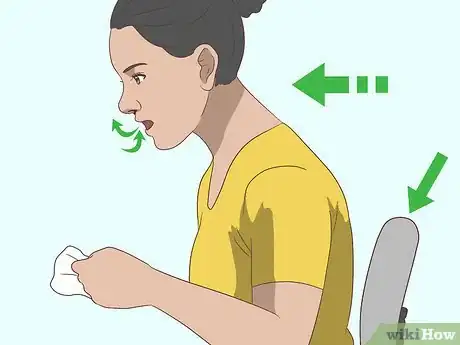
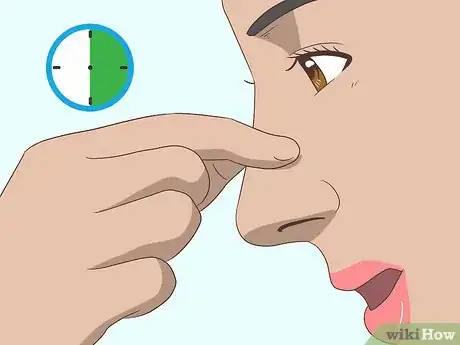
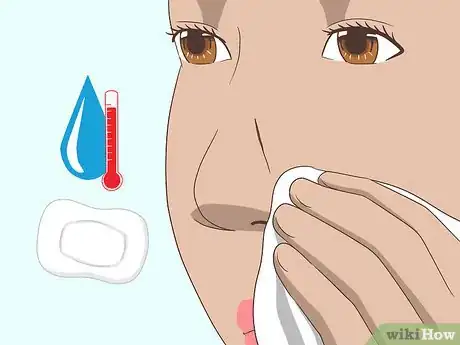
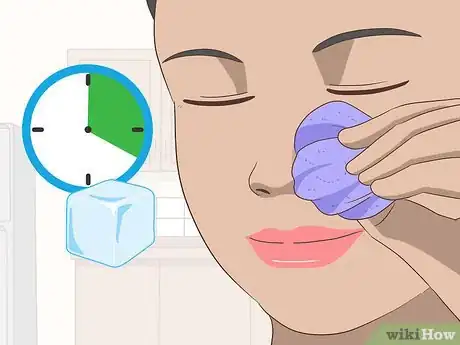
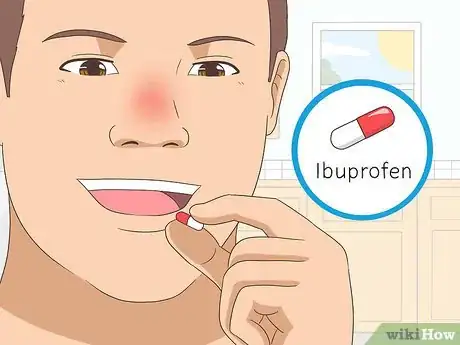

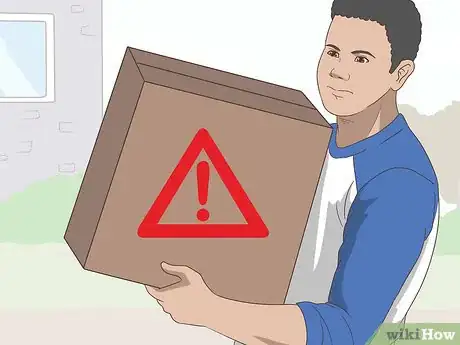
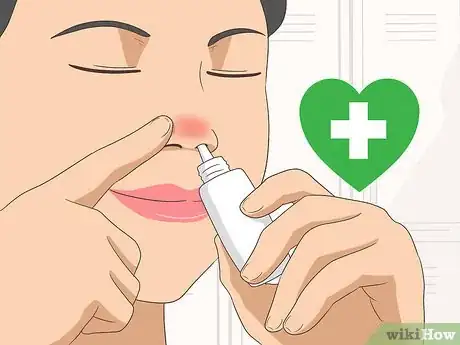
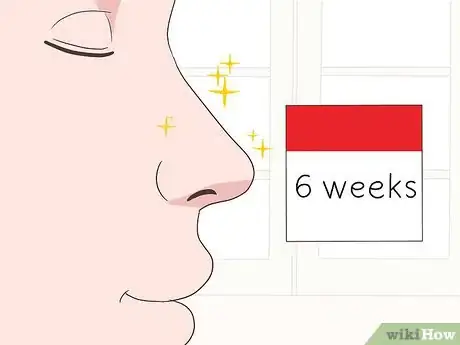
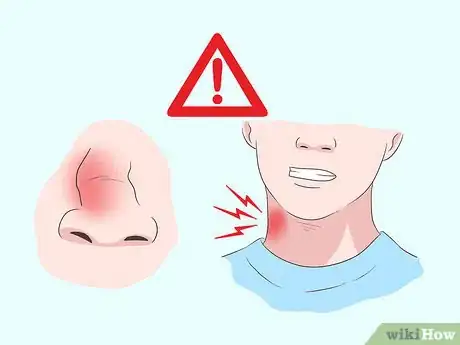
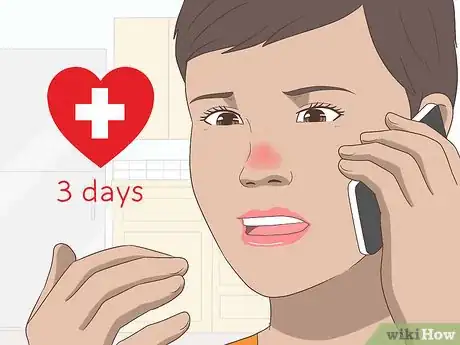
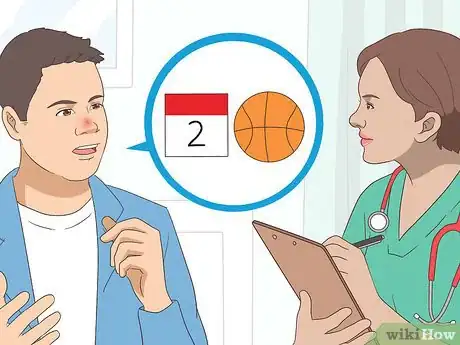
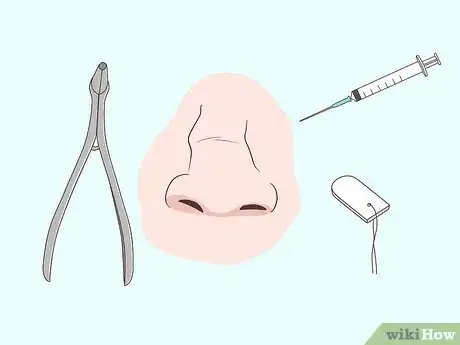
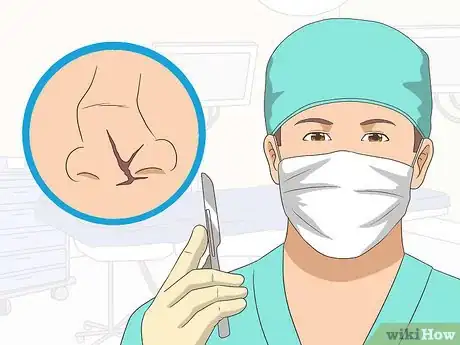

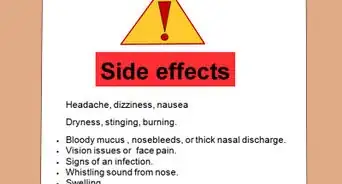
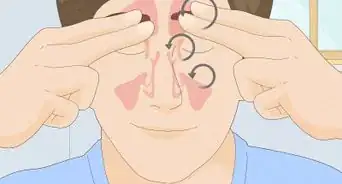
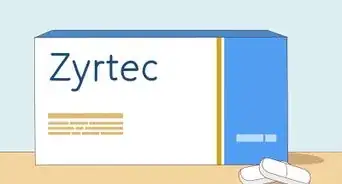
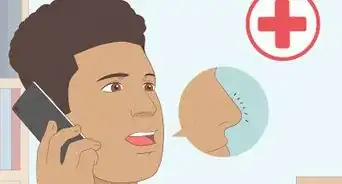

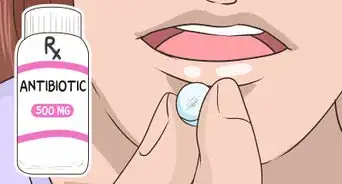
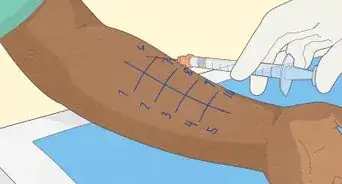

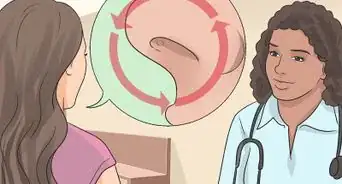
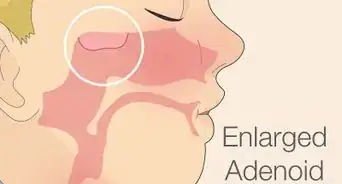










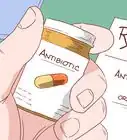
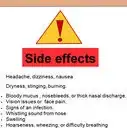
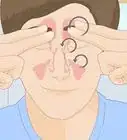




































Medical Disclaimer
The content of this article is not intended to be a substitute for professional medical advice, examination, diagnosis, or treatment. You should always contact your doctor or other qualified healthcare professional before starting, changing, or stopping any kind of health treatment.
Read More...